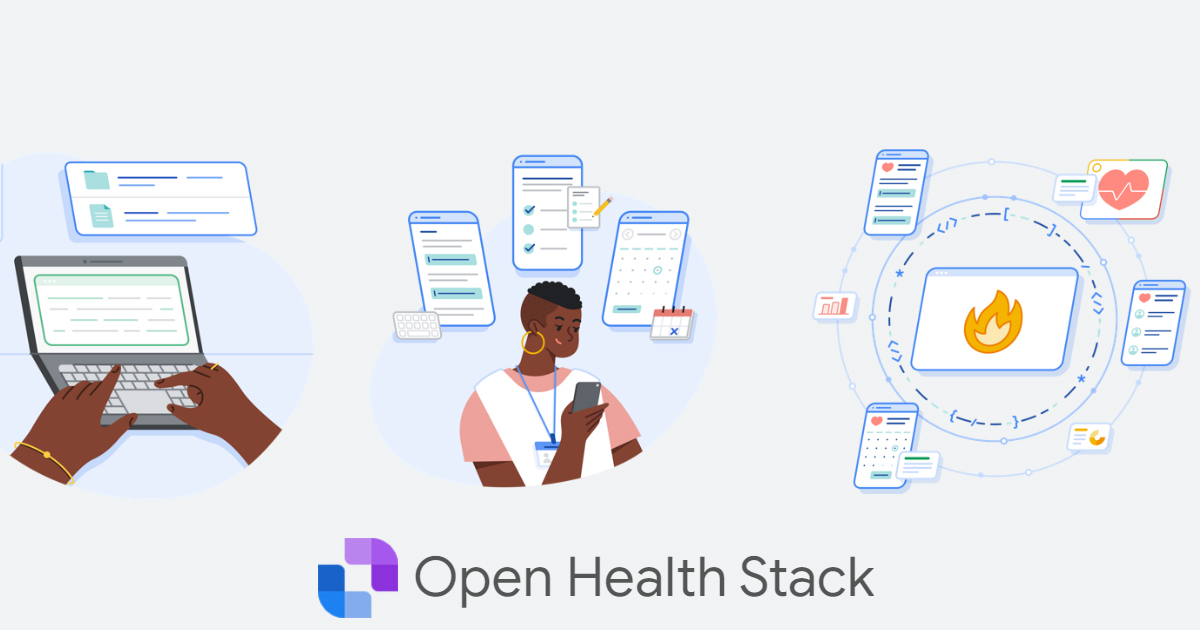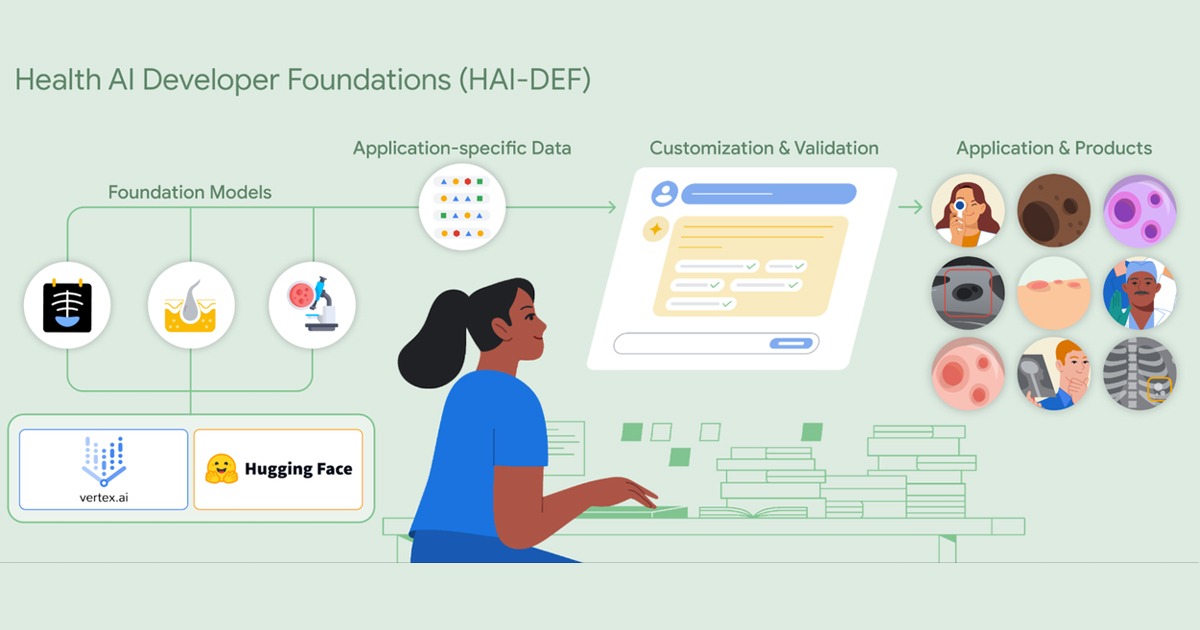An article was published in the Journal of Medical Internet Research that proposes the equitable development of Digital Health.
Solutions in Digital Health have increased this year, their use and their development has been accelerated due to COVID-19 pandemic. However, despite the increasing advancement of tools such as telemedicine, remote consultations or digital self-diagnosis, the lack of access to such services in the most vulnerable sectors of the population, responds to the lack of equity in Digital Health.
Recently an article has been published that addresses this problem: Digital Health Equity and COVID-19: The Innovation Curve Cannot Reinforce the Social Gradient of Health and COVID-19: The innovation curve should not reinforce the social gradient of health.
Social gradient is a term used to refer to the social phenomenon in which people live under disadvantaged conditions in social and economic terms. In terms of health, for the World Health Organization (WHO), social gradients in health mean that health inequities affect everyone. Health inequity, for example, causes the life expectancy of one population group to be lower than other groups. And not only life expectancy can be affected, but also other meters such as mortality rate, prevalence of disabilities, risk of maternal death, among others.

In the aforementioned article, they propose a Digital Health Equity Framework (DHEF), which seeks to know what are the determinants of health that affect equity in Digital Health.
They propose two levels of action, the first concerns social, cultural and economic contexts, so it urges changing beliefs about health habits. The second level is the health system as a social determinant of health, within this category is where the action of public policies, and health policies that benefit the use of Digital Health tools, also suggests health training and education for the good use of these practices.
The final phase of Digital Health Equity Framework considers four essential aspects:
- Equitable access to Digital Health regardless of age, gender, ethnicity, income or location.
- Health care providers with the capacity to provide health care through digital tools equitably should consider the necessary accommodations according to their environment.
- Measurement and quality improvement to improve access and results.
- Involvement of people from vulnerable groups, leadership, health professions, proposal design and data stewardship.
The current advancement of Digital Health should seek to be universal and not exclude groups or populations, regardless of circumstances. That is why proposals such as DHEF provide a boost to the fight for telemedicine and telehealth services with a fair focus.
JOURNAL OF MEDICAL INTERNET RESEARCH





